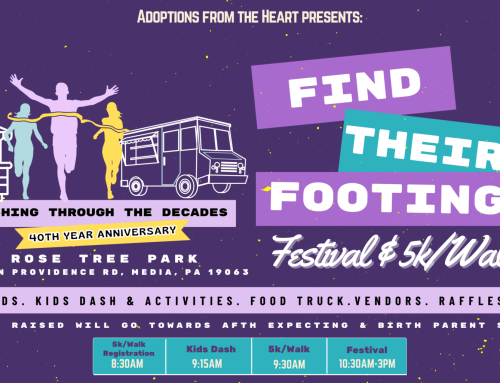Banking and finance can be confusing topics if you’re not taught them the right way. Unfortunately, these topics are often skipped over in public schools. But luckily, a program called Money in Motion helps teach about centralized banking in a fun and informative way. Our Philadelphia adoption professionals think this is a good educational field trip to take with your kids. Here are some of our favorite sections of this exhibit:
In & Out
In this section, you’ll learn all about how money is put into and taken out of circulation. $1.35 million in cash is on display in a Fed currency cart – and for most visitors, this is the largest amount of cash they’ve seen at once. There’s also a 25-foot tower with $100 million in shredded money.
Some interesting facts we learned in this section of the exhibit include:
- The average $1 bill is only in circulation for less than five years, but the average $100 note lasts up to 17.9 years
- The average $5 bill is in circulation for 3.8 years
- The average $10 bill is in circulation for 3.6 years
- The average $20 bill is in circulation for 6.7 years
- The average $50 bill is in circulation for 9.6 years
Early Money In America
This section is a rare coin collector’s dream. Learn all about the first money in the United States, including viewing displays of different coins that were in circulation and paper money from the original 13 colonies and the Continental Congress. This incredible collection of rare currency is one of our favorite parts of the exhibit. Some highlights include:
- Native American wampum
- The first government-authorized paper currency (from Massachusetts in 1690)
- A 5-schilling Connecticut paper note from 1785
- A “piece of eight” silver coin from 1809
The Federal Reserve and You
In this part of Money in Motion, visitors can use a touchscreen to select segments from a video called The Federal Reserve and You. After selecting a section, the video will be projected on a large screen above you. This video makes it easy to learn about the history of the Federal Reserve through the use of animations, historical reenactments, and interviews with leaders from the Federal Reserve System.
Topics covered during this video include:
- History of central banking in the US
- Monetary policy
- Bank regulation and supervision
- Payments system
Then & Now
This section takes visitors along a timeline of the history of central banking in the United States, from its humble beginnings in 1791 until the establishment of the Federal Reserve. The exhibit is broken into the following sections:
- 1791-1811: The young and relatively poor United States tries to create a central banking system, but it doesn’t last.
- 1816-1836: Another attempt at central banking also doesn’t last.
- 1836-1860: State banks’ notes are used as currency but cause financial confusion.
- 1861-1912: A uniform national currency begins circulating following the Civil War.
- 1913-1914: Several financial failures lead Congress to establish a decentralized national bank.
- 1930s – The Great Depression leads to changes in government, the financial system, and the Federal Reserve.
- 1940s-1970s – Fed policy returns to independence and clearer economic goals are established.
- 1960s-1980s – Congress gives the Federal Reserve a more expanded role in consumer protection.
- 1980s-2000 – Banking is deregulated, which affects the financial system and the Federal Reserve’s role.





